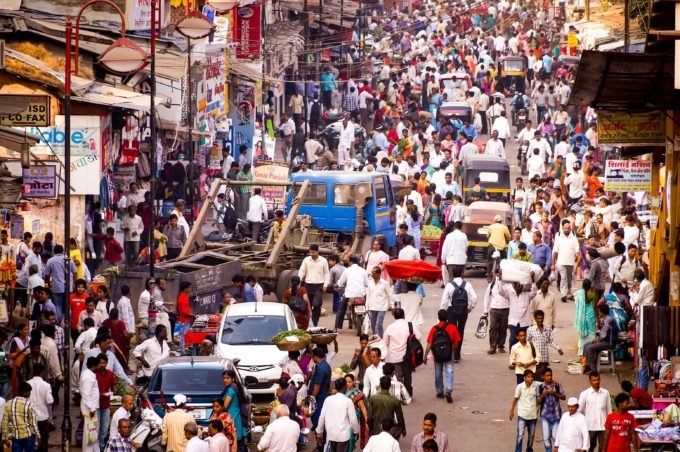
The quest for a SIM card.
Getting a SIM card in India is not straightforward, so knowing the process ahead of time will prevent some headaches.
First, the plus side. Small shops selling SIM cards are ubiquitous, shopkeepers are generally friendly, the cost is minimal, and there is no risk of scams. The downsides are that only one provider, Vodafone, is authorized to issue SIM cards to foreigners (Airtel and Jio require Aadhar, the national identification card), you need a variety of documentation to get a phone number, and people may give you conflicting advice regarding what documents are required.
Your best bet is to go to a Vodafone showroom, where the process is generally smooth. Otherwise, most neighborhoods have small shops selling Vodafone SIM cards. They are identifiable by small red signs hanging in front and a window display full of cell phones.
At the shop, the clerk will ask if you want a “prepaid” or “postpaid” SIM card. Say that you want prepaid. They’ll then ask you to provide two passport-sized photos, as well as photocopies of the first and last page of your passport, your visa or OCI card (Overseas Citizen of India card, if you have one), and your arrival stamp. Make two copies of everything to be safe. Vodafone offers a 28-day SIM card with 1GB of data per day and unlimited calls for 1,250 rupees. A 56-day package is available for 1,750 rupees. You will likely have to pay in cash.
If you have all the documents, the in-store process should only take a few minutes. You will then have to wait at least 30 minutes for the number to be ready. After 30 minutes, call 59059 to activate your number and data.
Another option is to get a SIM card upon arrival at the international airport. Immediately after going through customs control you will see a small Vodafone kiosk. This kiosk is set up especially for foreigners to purchase SIM cards, with facilities to get copies and passport sized photos done on-site. Stunningly, there’s no extra charge, which makes this by far the easiest way to get connected.
At the international and domestic airports, Wi-Fi is available for free, however there’s a catch: they require a local telephone number to log on (the site sends you a pin). At the international terminal, you can go to the information desk behind the airline check-in counters. They will give you a scratch-off pin code that can gives you wifi access without a telephone number (the domestic airport does not provide this service). You’ll also be able to get Wi-Fi in a pretty wide array of cafés and restaurants. As a general rule, places with air-conditioning throughout—not just in an air-conditioned room, where menu prices are slightly higher, presumably to offset the electricity bill—are more likely to have Wi-Fi (and less likely to have great food).